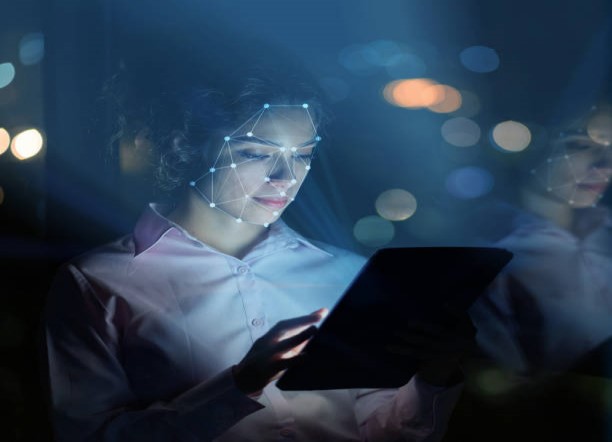In 2022, around 1,108,609 identity theft complaints were filed with the Federal Trade Commission (FTC) in the United States. This decreased from the previous year when 1,434,676 identity theft complaints were filed. However, identity theft will remain an issue for American citizens, and they will continue to lose their finances.
Consequently, many identity thefts cause various kinds of fraud, including credit card, bank, insurance, and fintech. Thus, biometric face recognition verifies the facial features and identifies the individual on the spot to provide access to sensitive data.
This article will delve into the primary use cases of face recognition and its application in preventing fraudulent activities.
What is Biometrics Facial Recognition?
Technology has been evolving since its start, back in the 2000s when people were only familiar with computers and Windows. They would never have imagined that people use face recognition to access different areas in today’s digital world. Biometric facial recognition is considered one of the most needed technological advancements for security and surveillance.
It is a cutting-edge solution for works by analyzing human faces and finding a match. However, the primary purpose of using biometric face recognition is to verify the identities of the individuals before allowing them access to the system. Biometric face recognition systems adopt advanced algorithms and machine learning procedures to ensure accuracy and reliability in identifying individuals.
What is Facial Biometrics?
Biometrics are body measurements and distinctiveness related to human physical characteristics. Biometrics include fingerprints, palm veins, face recognition, DNA, palm prints, hand geometry, iris recognition, retina, voice, and the shape of ears. However, facial biometrics includes physiological characteristics of the faces, such as eyes, nose, lips, forehead, and facial contour.
These facial biometrics are then collected in the form of data from different people and are then compared for verification purposes. Essentially, it is known that people like identical twins have the same physical features, and they look alike a lot. The human eyes sometimes do not find differences between them. Nonetheless, the computer can never be confused of similar faces, as normally people get.
The Working of Biometric Face Scanner
Biometric face recognition is quite simple when it comes to its functionality.
Although, the use of artificial intelligence and machine learning is not that simple in. The development and intelligent coding behind the system are very complex and efficient to provide accurate and prompt results. Here is how the biometric face scanner functions to verify identities:
Face Detection: The first step of face recognition is detecting it from an image or video. It can also be scanned on the spot in real time.
Face Feature Mapping: The detected face is then stored in the system, where its features are extracted and mapped for sending into the phase.
Face Biometric Templates: The system then creates the biometric templates of the mapped face to comply with the whole procedure.
Face Comparison: This new biometric template is now compared with the others available in the database to find the exact match.
Face Verification: After finding the exact match, the face is either verified or rejected depending on the matching of the biometric templates.
Biometric Face Scan For Different Industries
Biometric scanners can be used in various industries that require it as part of their KYC process and ID authentication for sensitive information. They are the following:
- Banking
- Law Enforcement
- Retail
- Marketing
- Entertainment
- Healthcare
- Insurance industry
- Hospitality
- Social media
- Voting
- Ride Hailing
Facial Recognition Services To Prevent Fraudulent Activities
Facial recognition services provide a strong defense against identity theft, financial fraud, and unauthorized access. By analyzing unique facial features, these systems ensure accurate verification of individuals’ identities. It enables prompt responses to suspicious activities. In finance, e-commerce, and border security, facial recognition enhances security, streamlines processes, and fosters trust between the customer and the organization.
However, financial institutions are always in need of a solution like biometric face recognition to ensure the privacy and security of the funds. Besides identity theft, this technology can dissuade money laundering and terrorist financing. It is also used in the KYC processes to make sure that the user is verified according to the regulatory requirements.
Final Statement
The integration of biometric face recognition offers hope for strengthening the security of our financial systems against identity theft and fraud. This technology has diverse applications across industries such as banking and healthcare, providing a robust defense and fostering trust and transparency.
Organizations can confidently navigate evolving security threats by leveraging facial biometrics. It protects the interests of their clients and the broader economic ecosystem. This technology fortifies the security of financial systems against identity theft and fraud, providing a key to unparalleled security and reliability in an increasingly digitized future.

